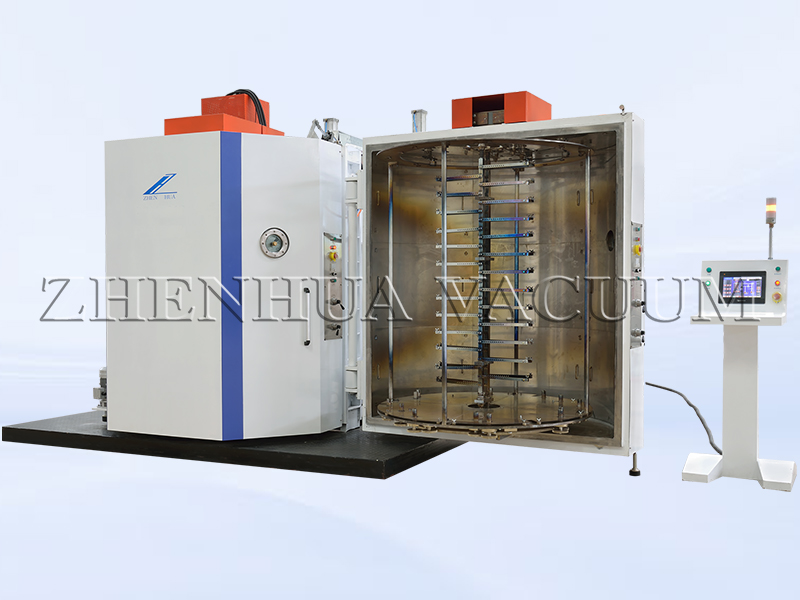Evaporative coating equipment is a kind of equipment used to deposit thin film materials on the surface of the substrate, which is widely used in the fields of optical devices, electronic devices, decorative coatings and so on. Evaporative coating mainly utilizes high temperature to convert solid materials into gaseous state, and then deposited onto the substrate under vacuum environment. The following is the working principle of evaporative coating equipment:

Vacuum environment:
The work of evaporative coating equipment needs to be carried out in a high vacuum environment to prevent the material from reacting with oxygen or other impurities in the air during evaporation and to ensure the purity of the deposited film.
The vacuum chamber achieves the required vacuum level through equipment such as mechanical pumps and diffusion pumps.
Evaporation source:
An evaporation source is a device used to heat and evaporate the coating material. Common evaporation sources include resistance heating sources, electron beam evaporation sources and laser evaporation sources.
Resistance heating: heating the material through a resistance wire to evaporate it.
Electron beam evaporation: using an electron gun to emit an electron beam to directly heat the coated material to make it evaporate.
Laser evaporation: irradiate the material with high energy laser beam to make it evaporate rapidly.
Evaporation process:
The coated material is transformed from solid or liquid state to gaseous state under the high temperature of the evaporation source, forming vapor.
These vapor molecules move freely in a vacuum environment and diffuse in all directions.
Film deposition:
Vapor molecules encounter the cooled surface of the substrate as they move, condense and deposit to form a thin film.
The substrate can be rotated or otherwise uniformly exposed to the vapor environment to ensure uniformity and consistency of the film.
Cooling and Curing:
After deposition, the film cools and cures on the substrate surface to form a thin film layer with specific physical and chemical properties.
Areas of Application
Optical Coating: Used to make anti-reflective films, mirrors, filters and other optical components.
Electronic devices: used to manufacture integrated circuits, semiconductor devices, display devices, etc.
Decorative coatings: used for surface coating of decorations, watches, jewelry, etc. to improve their aesthetics and wear resistance.
Functional coatings: used to make films with special functions such as anti-corrosion, anti-oxidation and wear-resistance.
With its high purity, uniformity and multi-functionality, evaporative coating technology has been widely used in many high-precision and high-demand applications.
–This article is released by vacuum coating machine manufactur Guangdong Zhenhua
Post time: Jul-23-2024

